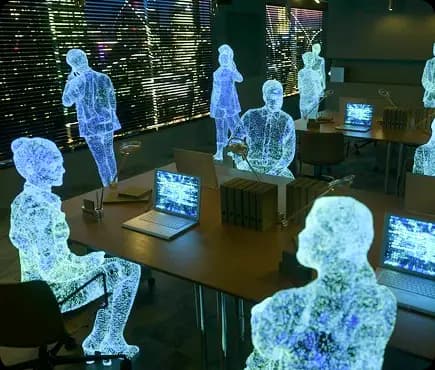
BLOG
Disclaimer: This read may take about 8–10 minutes. Grab your favorite drink—or maybe two—and dive into how virtual reality is reshaping how we train our teams
Arjun Patel, Head of Immersive Innovation
Here’s what makes VR Training so effective:
VR transforms training from passive absorption into active, hands-on mastery.